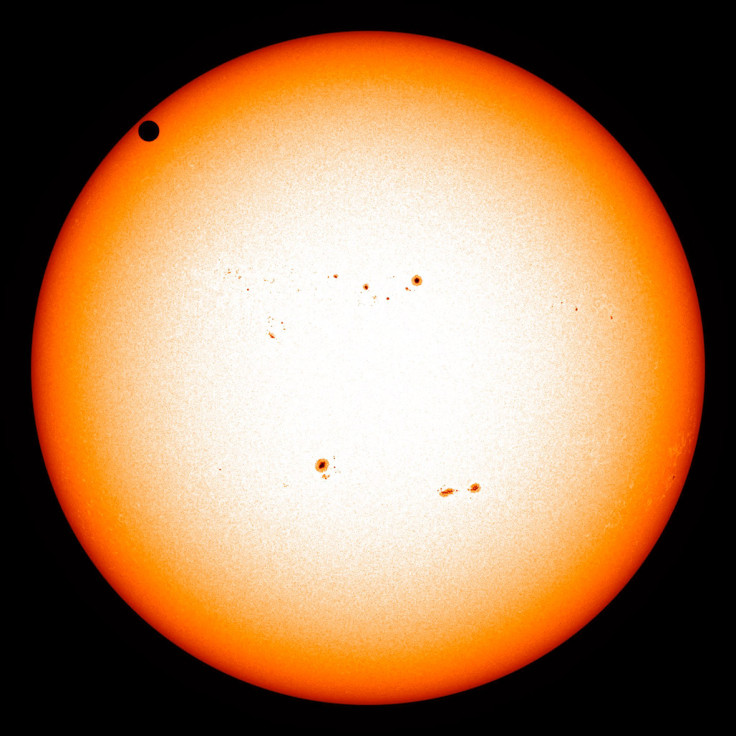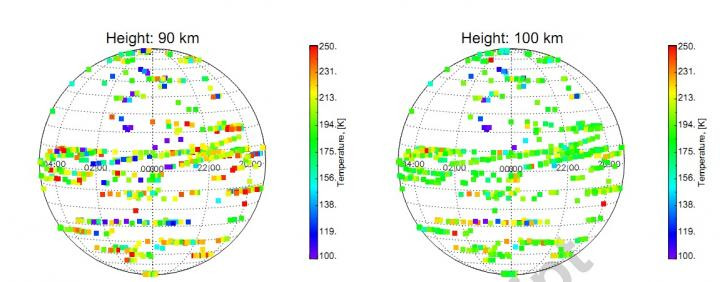Mystery warm layer discovered in Venus atmosphere 'may have ozone layer link'

A mysterious warm layer has been discovered in Venus's atmosphere, with temperatures between 90 and 100km altitudes found to be between 20 to 40 kelvin higher than they should be.
An international team of scientists found the temperature change while making a map of the upper atmosphere of the planet's night side using the Venus Express probe.
Study author Denis Belyaev said: "We measured temperatures at altitudes of 90 to 140km. On the night side of the planet, temperatures normally fall with altitude, but we noticed a peak in the chart in the 90 to 100km range.
"Here, the atmosphere was 20-40 degrees warmer than we expected. We don't yet understand what causes the warming, but Venus's ozone layer is at this altitude. There may be a connection."
Temperature measurements were taken between June 2006 and February 2013. The Venus Express was launched from the Baikonur space centre a decade ago. While the probe was removed from service earlier this year, scientists continue to analyse its data.

Atmospheric temperatures were taken with a spectrometer that captures the light emitted by a star as it goes behind a planet. The light radiates through the planet's atmosphere, allowing researchers to work out its characteristics.
In total, the team took 587 'shots' of the atmosphere, covering almost the entire night hemisphere.
Belyaev said: "In almost every session of these seven years we detected a layer at altitudes of 90-100km that is 20-40 kelvin warmer than it should be. The air temperatures at these altitudes are 220-240 kelvin, while they should be under 200."
He said the layer is in the same range of altitudes where the ozone is, and the team is now carrying out correlation analysis to see if the two are connected.
"We can't rule out that this phenomenon may be explained by chemical reactions, namely the decomposition of ozone when it comes in contact with chlorine-based substances – these reactions may result in the release of heat."
The study was published in the journal Planetary and Space Science.
© Copyright IBTimes 2025. All rights reserved.






















